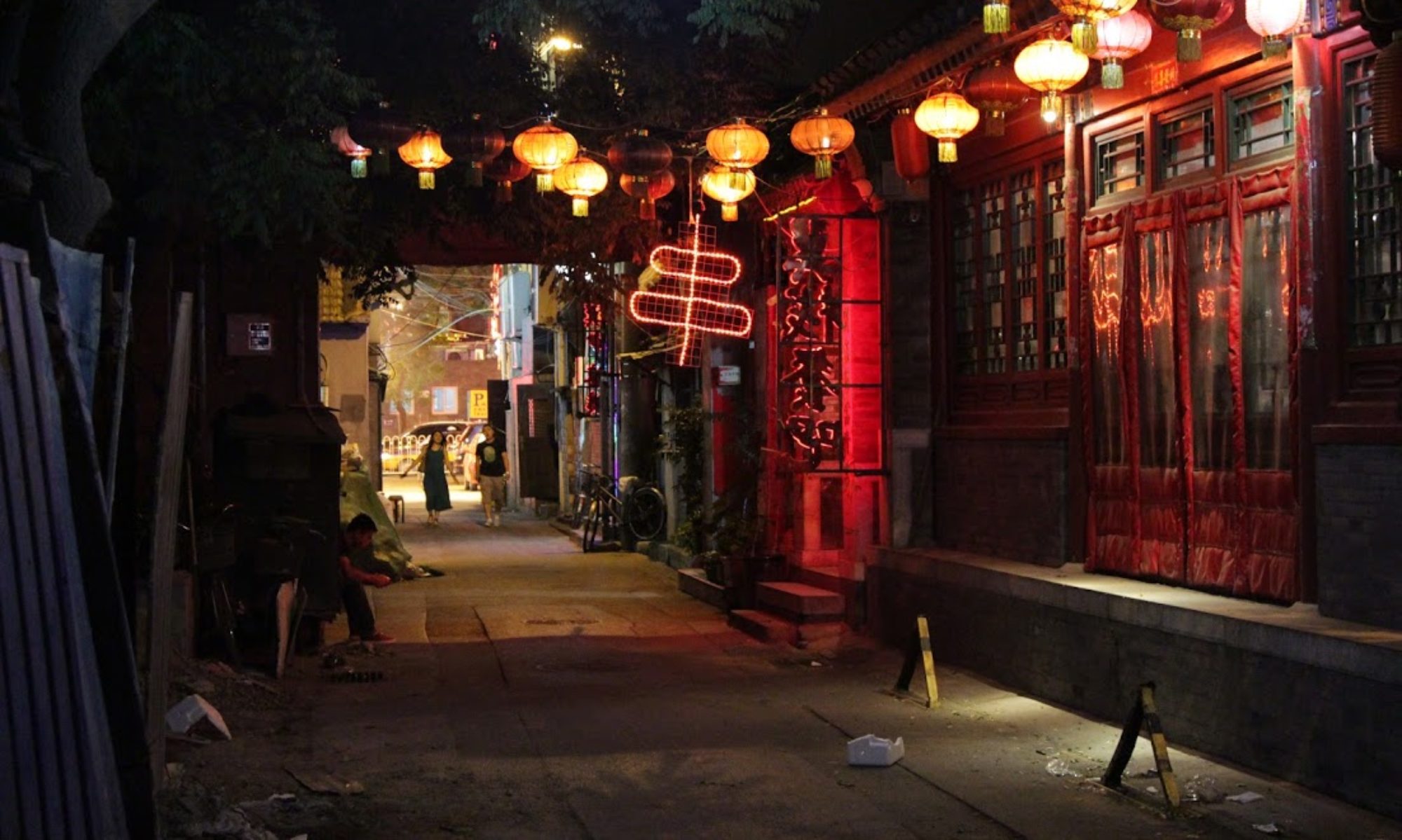Even before I knew where it was located, I wanted to visit Pompeii. The Magic Tree House book series cemented this desire in elementary school, and it has stuck ever since. On our fourth day in Italy, this wish became a reality as we set out upon a self-guided day trip to Pompeii & Herculaneum Ercolano.
To get to Pompeii from Rome, you must first take the train to Napoli. The Frecciarossa train takes only hour, and is the quickest. In Napoli, find your way to Garibaldi Station/Piazza Garibaldi by following the ‘Circumvesuviana’ signs, and take the Napoli-Sorrento line to Pompeii Scavi. It sounds more difficult than it really is.
While planning the trip, I had researched guided tours of Pompeii and found the majority of them to be 50-100 euros per person. We decided to figure it out when we were there, and ended up finding a wonderful guide by the entrance for only 6 euros each.
Mount Vesuvius’ eruption in 79 AD was not completely unheralded. It was preceded by at least three larger eruptions, knowledge of which was lost through the ages. Before the eruption in 79 AD, Vesuvius lay dormant for nearly 800 years and wasn’t even recognized as a volcano.
Ancient Pompeii was a city of technological innovations, with treadmill-powered cranes, odometers and even an ancient social network.

Our guide even cracked the joke of Ancient Pompeii being the birthplace of Legos (see photo below ).
During the eruption in 79 AD, Mount Vesuvius spewed a cloud of stone, ash, and fumes to a height of 20.5 miles. Ash was found as far away as Africa. It destroyed five cities including Pompeii and Ercolano, covering them in over 12 feet of tephra (ash).
Usually the wind around Mt. Vesuvius blows in a southwest direction, towards the Bay of Naples. But on this fateful day, the wind was blowing northwest – straight over Pompeii.
The ash did a remarkable job of preserving relics from Ancient Pompeii, particularly pottery. Three vast storerooms of relics are near the center of the city, with bodies nonchalantly perched between the art.
Over 2000 died during the eruption, with the remaining 13-15 thousand becoming homeless and displaced.
And no Pompeii blogpost would be complete without a photo of the brothel entrance…
The flowering trees are all that separate the ancient city of Pompeii from the modern, rebuilt city (2 km). Luckily, while Mount Vesuvius is Europe’s only mainland volcano, it hasn’t erupted since 1944.
 To get from Pompeii to Ercolano, take the same Napoli – Sorrento train (but this time in the Napoli direction) until you reach Ercolano. Once at the train station, just walk down the town’s only main street.
To get from Pompeii to Ercolano, take the same Napoli – Sorrento train (but this time in the Napoli direction) until you reach Ercolano. Once at the train station, just walk down the town’s only main street.
At the bottom sits Ercolano Scavi, which you can get an excellent bird’s-eye views of as you walk down. This city was buried even deeper than Pompeii during the eruption of 79 AD, covering most of the multi-level buildings in the town and preserving them intact.
The Herculaneum Ercolano excavation originally began in the 1700’s, but was indefinately postponed when Pompeii was discovered. Excavation begun once more in the 1980’s, and is still undergoing. We only saw about 10-15 other tourists while at the sight, which was a welcome change to the frantic tourism industry at Pompeii.
Below is a fresco that was restored after 1700 years of being buried at the site.
Because no skeletons were found initially, archaeologists thought that most of the residents had managed to escape alive. These views were changed in 1981, when they found nearly 300 skeletons huddled together facing the sea – where they eventually met their demise.















